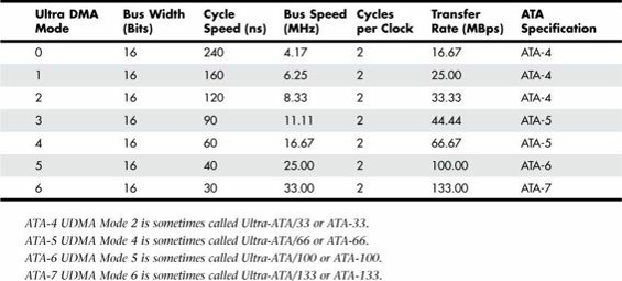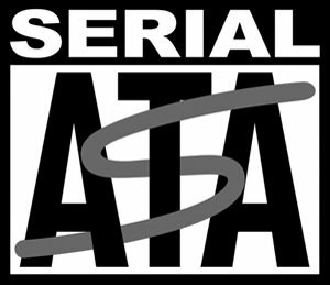Hardware Reference
In-Depth Information
SATA
The development of ATA-8 marked the beginning of the end for the PATA standard that has been in
use since 1986. Sending data at rates faster than 133MBps down a parallel ribbon cable originally
designed for only 8.3Mbps is fraught with all kinds of problems because of signal timing,
electromagnetic interference (EMI), and other integrity problems. The solution, Serial ATA, is an
evolutionary replacement for the venerable PATA physical storage interface. When set in non-
AHCI/RAID modes (in other words, IDE or legacy mode), SATA is software-compatible with
PATA, which means it emulates all the commands, registers, and controls so existing software can
run without changes. In other words, the existing BIOSs, operating systems, and utilities that work on
PATA also work with SATA.
Of course, they do differ physically—that is, you can't plug PATA drives into SATA host adapters,
and vice versa, although signal converters do make that possible. The physical changes are all for the
better because SATA uses much smaller and thinner cables with only seven conductors that are easier
to route inside the PC and easier to plug in with smaller, redesigned cable connectors. The interface
chip designs also are improved, with far fewer pins and lower voltages. All these improvements are
designed to eliminate the design problems inherent in PATA.
Figure 7.8
shows the official Serial ATA International Organization working group logo that
identifies most SATA devices.
Figure 7.8. Serial ATA official logo, which identifies SATA devices.



